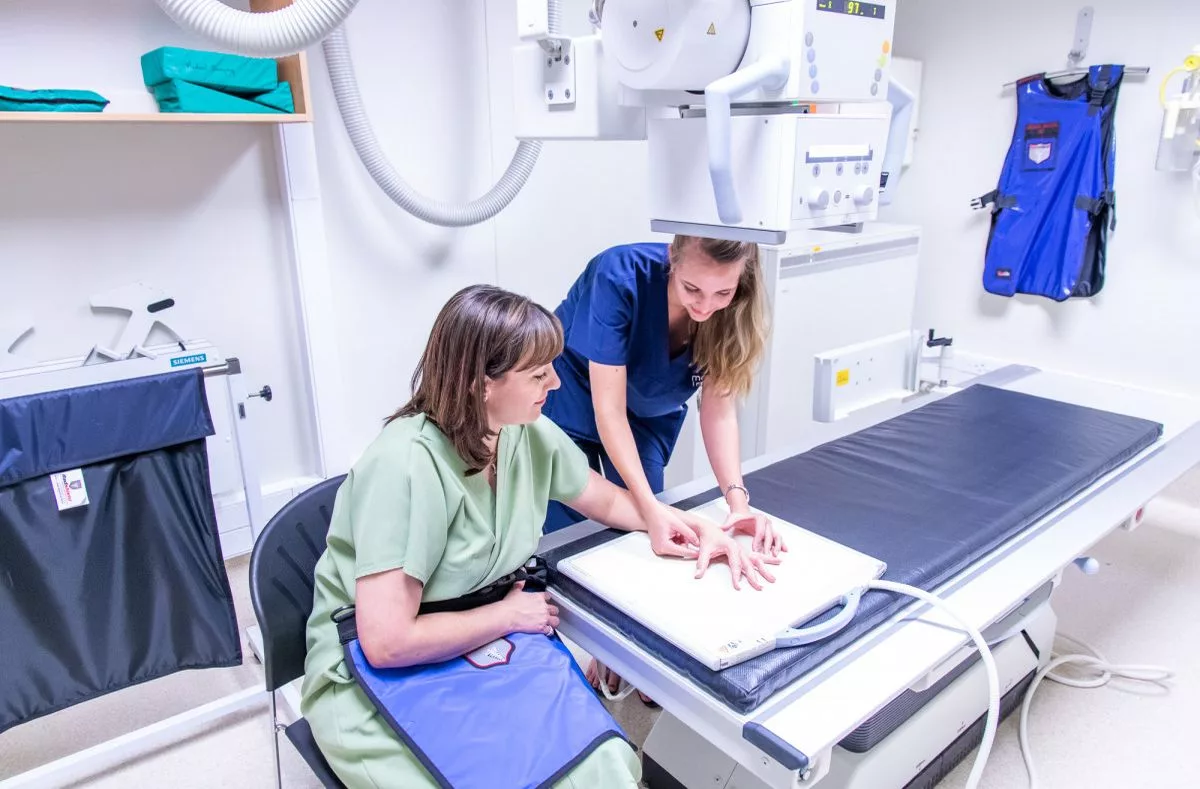Hepatic portal venous gas (HPVG) is an uncommon but serious condition characterized by the abnormal presence of gas within the portal venous system, often linked to severe underlying pathologies such as increased intraluminal pressure, bowel wall compromise, bowel necrosis, or infections caused by gas-forming bacteria. Historically, HPVG was regarded as an indicator of extensive bowel necrosis, often necessitating urgent surgical intervention. However, it is now recognized that HPVG can also appear in non-surgical conditions, leading to diagnostic uncertainty. As a result, accurately identifying HPVG is crucial for determining the appropriate treatment path. Doppler ultrasound, especially when coupled with advanced techniques, has proven to be a sensitive and non-invasive tool for the early detection of HPVG. It is often used as a first-line screening method due to its effectiveness in visualizing abnormal gas patterns within the portal venous system. This article reviews various ultrasound techniques described in the literature for detecting portal venous gas and introduces a novel method using Color M-mode ultrasound. This innovative approach offers enhanced visualization of gas movement and may improve diagnostic accuracy, particularly in challenging cases where conventional ultrasound methods might fall short. By refining the ability to detect HPVG, the new Color M-mode technique could help clinicians better differentiate between surgical and non-surgical cases, thereby optimizing patient management and outcomes.
support@ehealthcommunity.org
Unlock Your Journey to Excellence in Healthcare!
Join our community of healthcare enthusiasts and gain access to cutting-edge courses, expert insights, and networking opportunities. Elevate your career – sign up now for a brighter, more informed tomorrow!
For Candidates
©2024 eHealth Community. All Rights Reserved. Developed By UMI Group LLC










